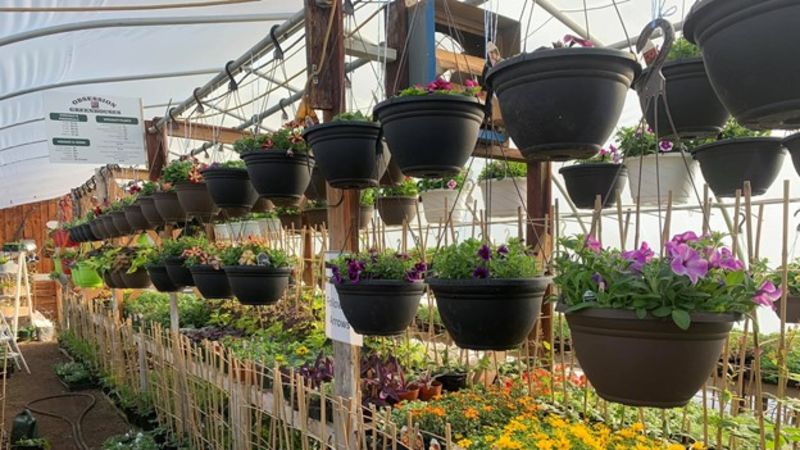
Preserving the Prairie pothole region
Saskatchewan is home to roughly 4.6 million acres of wetlands covering more than 47 million acres of agricultural land. Known as the Prairie Pothole Region, these shallow pools of water were left behind after glaciers receded and have been a part of the landscape for thousands of years.
Researchers like Dr. Colin Whitfield (PhD) are keeping a close eye on Saskatchewan’s water landscape.
An associate professor in the School of Environment and Sustainability and member of the Global Institute for Water Security at the University of Saskatchewan (USask), Whitfield said he is interested in understanding the impacts that various stressors have on ecosystems.
“I often look at the watershed scale, understanding how movement of water across landscapes affects processes like clean air and water,” Whitfield said.


